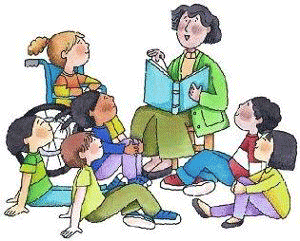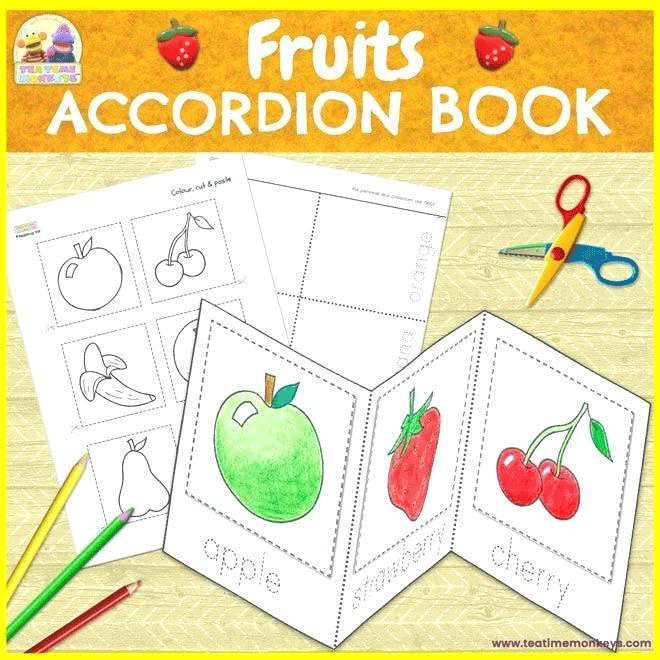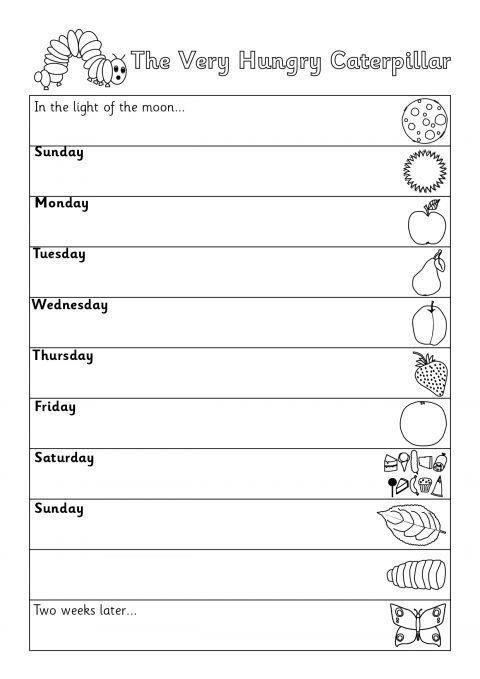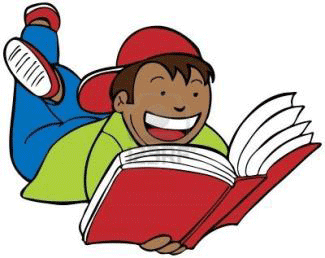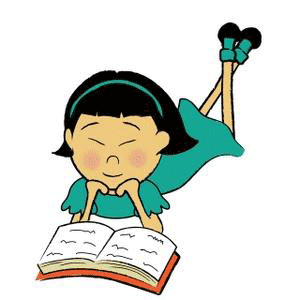What do the words, “Once upon a time,” mean to you? Perhaps you recall your parents sharing fairy tales with you until you memorized them. Perhaps then you could retell these stories to friends. I used to tell each of my young daughters an individual amazing bedtime story in which she was the heroine! Let’s learn more about the value of retelling a story you have heard read aloud.
As a career teacher, my approach to teaching reading was significantly influenced by the education research and the language experience approach which I studied in college. Developed by Dr. Roach Van Allen, this literacy program proved that connections among listening, speaking, writing, and reading are essential in an integrated language arts model.
Dr. Van Allen believed that what a mind can think, the mouth could then discuss, the hand could then write down, and then the eyes could read the writing. He later wrote a book of language experience instructional activities for educators to use in the classroom.
Parents are very important partners in helping children learn to read and then become part of a community of readers. Current educational research supports the value of storytelling and story retelling as a critical skill for students’ reading success in recalling details and understanding what is read. Adults are encouraged to read a book aloud to children, model how to retell the setting, book characters, what the characters want to achieve, obstacles to their goal, and how these are overcome and a problem is solved. Then the adult closes the book and models how to retell the main points of the story. Using a chart, pictures, or objects related to the story helps students remember the sequence and actions better. Students can then practice retelling the story with a partner. Whole class use of making a storyboard, mind map, accordion book, or other graphic organizer reinforces the learning. Then the adult asks students to take turns retelling.
Accordion Book
Storyboard for The Very Hungry Caterpillar by Eric Carle
Source: www.sparklebox.co.uk
Here are some suggestions for sharing a book and guiding retelling activities:
-
Choose a book that is meant for the age of the students who will be listening.
-
Show the book cover and ask students to predict about the subject of the book.
-
Read each page aloud and show listeners any illustrations.
-
Use a prop (item found in story) or pictures to show students as you model a retelling of the important elements of the book, including setting, characters, goals, actions, problems, and solutions.
-
Encourage each student to retell the story to another student.
-
Give positive praise for students’ successful discussion.
Families, teachers, and the community should interact with children as they listen to and retell about books they have read or an adult has read aloud to them. This is critical for the students’ development of independent reading and more complex reading skills for future learning.
Source: www.clipartlibrary.com
Some resources for more information are:
“Parent Resources,” Storytellers for Children, accessed 2019, www.storytellersforchildren.ca.
“Learning From The People, Community Stories,” Timpanogos Storytelling Institute, WGBH video of stories passed down by Tlingit people of Southeast Alaska, accessed 2019, www.pbslearningmedia.org/collection/echo07-ex/.
Reading Rockets, Free reading resources for parents & educators of kids in preschool to grade 3, accessed 2019, www.readingrockets.org , Washington, D.C., WETA,
-
“For Literacy Volunteers”
-
“Qualities of Good Storytelling”
-
“PBS Series: ‘Launching Young Readers’”
-
“Top 10 Things You Should Know About Reading.”
Stillman, Peter R., “Stories – of, by, and for the Family,” in Families Writing, (Cincinnati: Writer’s Digest Books, 1989), 81–115 .
“Storytelling,” accessed 2019, https://en.wikipedia.org/wiki/Storytelling .
“Strategies for Supporting Teacher’s Use of Story Retelling,” accessed 2019, https://www.pinterest.com/cateheroman/story-retelling-props.
“Talking is Teaching Video: Read,” accessed 2019, https://talkingisteaching.org/resources/literacy .
“The Language Experience Approach: A Method to Reach Reluctant or Struggling Readers,” accessed 2019, http://www.literacyconnections.com/intheirownwords-php/.


